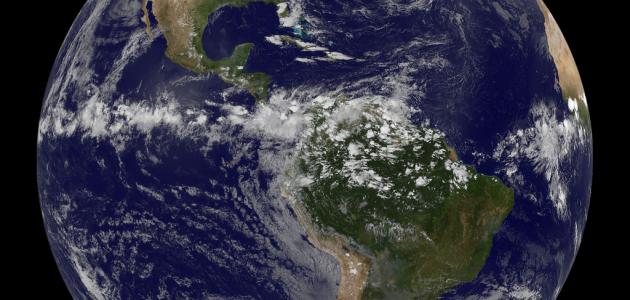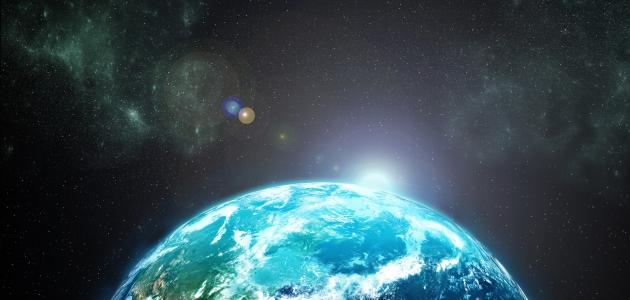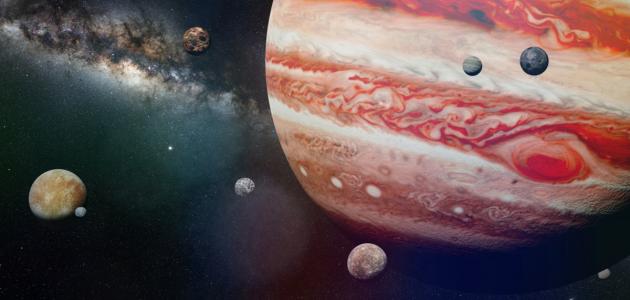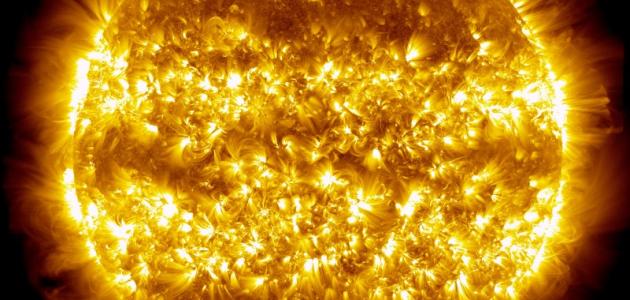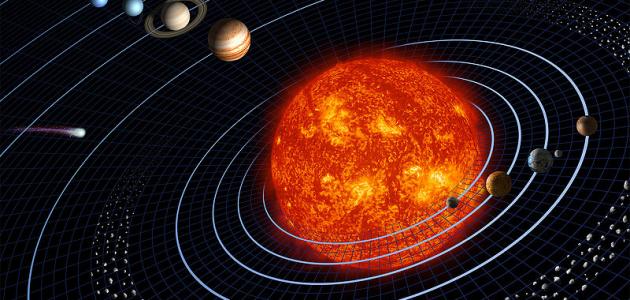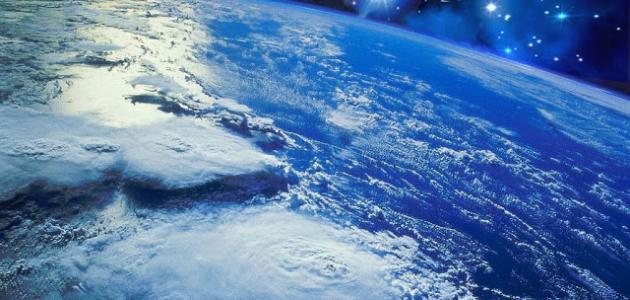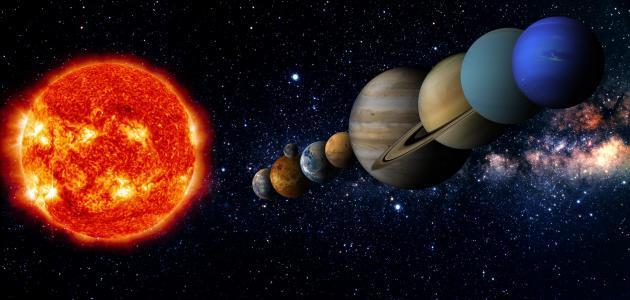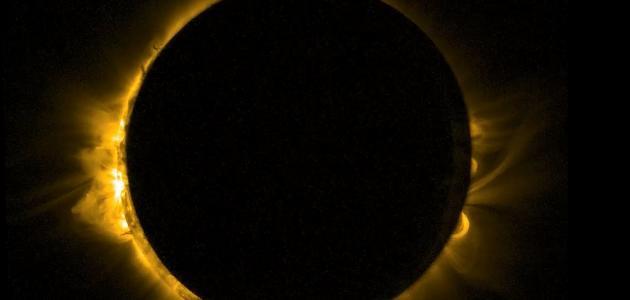Earth
The Earth is one of the planets of the solar system. It is characterized by its flattened spherical shape at the poles and indented at the equator. It is the only planet on which humans live. It is about 4.5 billion years old, and the distance between it and the sun is about 150 million km. It is the largest planet among the planets. The inner solar system is also the only planet on which a solar eclipse appears. In this article, we will introduce you to some information about the Earth.
Earth's structure
The Earth is similar to the rest of the solar planets in terms of its components, as it is divided from the outside into silicate, which is the solid crust of the planet Earth, and it also consists of a viscous crust known as the Earth’s mantle, the outer layer of which is characterized by being weak and having a magnetic field, in addition to The Earth consists of a solid inner core, and it also consists of many minerals, as the percentage of iron in it is about 34.6%, oxygen is about 29.5%, silicon is about 15.2%, magnesium is about 12.7%, nickel is about 2.5%, and sulfur is about 1.9%. Titanium 0.05%.
Air pressure on the Earth
The air rises approximately 100 miles above a person's height, and presses on the Earth with a weight of ten tons per square yard of land.
The enormous temperature of the Earth
The Earth's temperature reaches about 5270 degrees Kelvin, and the planet Earth has been characterized by its extreme heat from 4.5 million years ago until the present, and this heat will continue for a long time. This heat is due to radioactivity, contractions in volume, and collisions. The Earth maintains its heat as a result of the presence of the thick crust around it. Which represents the airtight cover that prevents air from leaking through it, and many of the elements present in the earth, such as: uranium, potassium, thorium, and others, have worked to increase the continued emission of heat from the interior of the earth.
Read also:How stars are bornEarth's satellites
Many people believe that the Earth has one moon, but this is not true, as the Earth has five moons, rotating in different orbits relatively far from the Earth.
Earth's movement
- Earth's movement around itself: The Earth rotates around itself from west to east on a daily basis within twenty-four hours, and this movement results in the occurrence of day and night, and the deflection of moving objects on the Earth’s surface, such as water currents and winds.
- Earth's movement around the sun: The Earth revolves around the sun counterclockwise during 365 and a quarter days, and this movement results in the occurrence of the four seasons.
